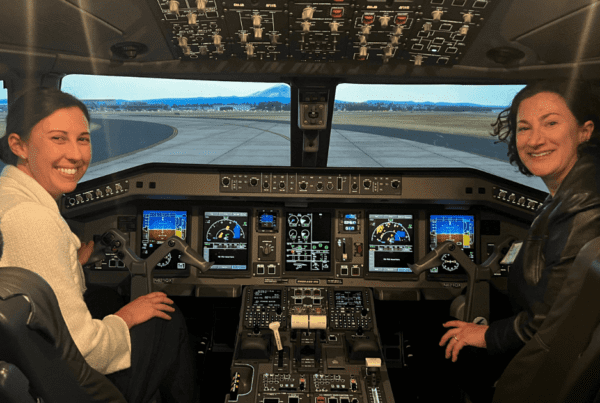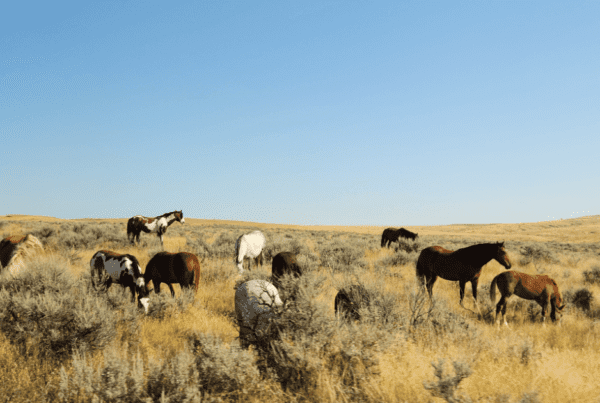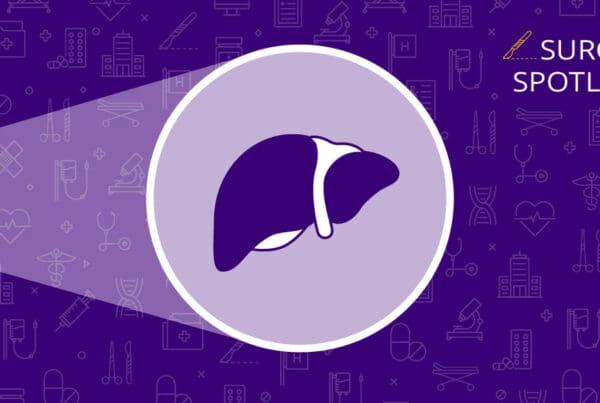Highlights | Hello, Trainees
- Trainees are medical and dental residents and fellows in graduate medical education.
- One in six physicians at UW Medicine is a resident or fellow.
- This year we are welcoming the largest incoming group of residents and fellows to UW Medicine.
We recently welcomed our largest incoming group of medical and dental residents and fellows to UW Medicine. Almost 500 trainees joined UW Medicine to learn, work and train at clinical sites across Washington, Wyoming, Alaska, Montana and Idaho (WWAMI). At the end of June, around 450 UW Medicine trainees graduated from their residency or fellowship programs and went on to independent practice, or in some instances, additional subspecialty training.
Each year, UW Medicine sponsors over 1,500 residents and fellows, which means that about one in six physicians is a resident or a fellow — making up a substantial and important part of our physician population.
Training
Residents and fellows typically spend between one and seven years in their training program depending on their residency or fellowship training requirements. Historically, residents and fellows worked “in-house,” or “in-hospital,” and were known as “housestaff,” explains Cindy Hamra, assistant dean for Graduate Medical Education (GME). We use the term “trainees” now, as they are here to pursue clinical training, but are also employees of the School of Medicine.
Here’s the difference between the resident and fellow roles:
- Residents are trainees who have completed medical school, have a degree in medicine (usually MD or DO) and are receiving further training in a chosen specialty. They provide care under the supervision of an attending physician.
- Fellows are trainees who have completed medical school and residency and are pursuing advanced specialty training. Many are board certified and can provide care as an attending physician; all fellows train in their subspecialty under the supervision of an attending physician.
The UW School of Medicine sponsors 120 accredited and 70+ nonaccredited training programs. Residents and fellows learn and work primarily at UW Medicine hospitals, Seattle Children’s Hospital and the VA Puget Sound Health Care System. Many also rotate to one or more of 300 additional sites throughout the WWAMI region.
“Our residents and fellows are invaluable members of our healthcare teams providing outstanding care to our patients and actively contributing to our education and research activities. They are the future of medicine and we are delighted that they are continuing their training at the University of Washington,” says Tim Dellit, MD, chief medical officer of UW Medicine and president of UW Physicians.
Providing regional care
UW Medicine is the largest sponsor of GME programs in the five-state WWAMI region. The consortium of WWAMI states shares resources to build a physician workforce that can meet the rapidly evolving healthcare environment for urban, rural and underserved areas in our region.
“The mission of UW Medicine is to improve the health of the public and an important part of that is training physicians who will care for patients at UW Medicine, in the region and beyond,” says Hamra.
Hamra explains that practicing physicians often live and work within 50 miles of where they train — so it’s important that they are learning and training in our region.
“It’s not just about what immediate care they can provide while in training, but many stay on after graduation and care for our communities here and in the region,” says Hamra. “Additionally, many trainees become faculty in the School of Medicine.”
Orientation
First days are always exciting — and exhausting. Welcoming new trainees to the School of Medicine and our medical system is especially anticipated within the GME Office. Hayley Fisher, GME director of Housestaff Affairs, leads the team in months of planning and coordination each year.
“I am delighted to welcome the newest class of outstanding residents and fellows to the University of Washington. They are the largest and most diverse class on record. They were virtually interviewed and matched, many without setting foot on our campus. It is time for us to get to know one another,” says Byron Joyner, MD, vice dean of GME.
June 22 marked the New Resident and Fellow Orientation, and this year, the event was held virtually for the second time because of the pandemic.
“There are many advantages to hosting a virtual orientation — especially the flexibility for residents who are in the process of moving,” says Hamra. “The downside is we don’t get to meet new residents or fellows in person, which we really enjoy.”
During orientation, residents and fellows received an introduction to UW Medicine; many will participate in another orientation for their program specialty. Hamra says that they receive a lot of information — everything from patient safety and personal protective equipment (PPE) fit testing to parking and paychecks. Within a day or two after orientation, the trainees jump right into learning and providing patient care.
Meet our trainees
Incoming, current and outgoing trainees share what they are most excited for or what they loved the most about their time as UW Medicine trainees — plus some advice.
Cass Sunga, Internal Medicine, Incoming Resident
“I am super excited to start as an intern in the Internal Medicine Residency Program! I hope to continue learning and growing with the UW community as a resident physician. The next phase of my training will not be easy, but it is comforting to know that I have the support of such an impressive group of professionals while navigating the next three years.”
Blake Murphy, Vascular Surgery, Incoming Resident
“As a vascular surgeon in training, I’m excited for the clinical, technical and professional challenges over the next five years! The University of Washington offers premier training by surgeons at the top of their field, as well as the opportunity to tackle some of the biggest problems facing medicine, and in particular the WWAMI region. The amazing food, unparalleled access to the outdoors and strong coffee doesn’t hurt, too!”
Grace Wandell, Otolaryngology, Current Resident
“Being part of this group of energized co-residents and leaders, we have the capacity to constantly improve our hospital system through involvement in organizations such as the UW Housestaff Quality & Safety Committee (HQSC), the Network of Underrepresented Fellows & Residents (NURF) and the Resident & Fellow Physician Union – Northwest (RFPU-NW). I encourage new residents to work synergistically and create trans-specialty community through these organizations.”
Charles Kenyon, Physical Medicine and Rehabilitation, Graduating Resident
“Ask for help. Transitioning into intern year, and even taking on new leadership roles as a senior resident, can be intimidating. There is a wonderful culture of collaboration and support across UW Medicine; take advantage of every opportunity to learn from your faculty and peers. And most importantly always maintain a patient-centered approach.
“Having grown up in the Pacific Northwest, it was a privilege to come home for my residency in Physical Medicine and Rehabilitation and care for those with traumatic injuries and disabilities across our diverse WWAMI region. There is a rich history of leadership at the University of Washington, and my time here has solidified the values of service as I continue my career.”
Gregory Walker, Orthopaedic Surgery, Graduating Resident
“My most memorable time at the UW was a Fourth of July call at Harborview. Fifty consults (half were blast injuries) in 24 hours. It was complete madness. A nurse forced me to sit for 15 minutes and practically shoved food in my mouth. I realized I hadn’t eaten or drank anything in over 16 hours. And thus, I provide the following advice: When things get crazy, take some time to eat, drink, use the bathroom and catch your breath. This too shall pass!”
Photo caption: Pediatric Department (photos taken before mask mandates).


